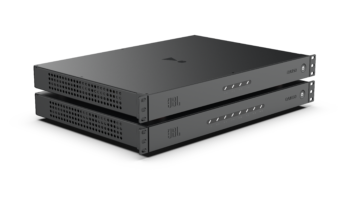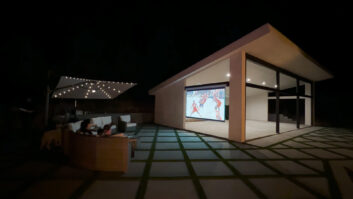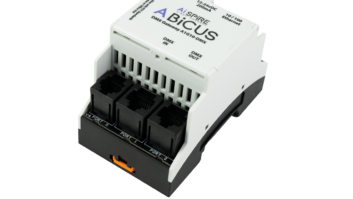I love the “custom” nature of our industry, but am frustrated by its general lack of standards. Why are there no standards and what can I do about it?
Name and address withheld
With no standards planned for our industry in the foreseeable future–standards for interoperability, specifications or sizing–we must learn to operate within a market fraught with confusion and competing claims.
How often have you offered a proposal to a customer, and found that a competing installer’s proposal was oddly different from yours? It’s like the other dealer just didn’t understand what the customer wanted. This happens often, because there are so many ways to solve A/V problems, and there are dealers with a wide range of capabilities competing for the same business.
Compare this to a quote you might see for a security system. You could rustle up four price quotes from four competing firms, and they would be virtually identical in functionality and price. So the security firms compete on service, not on product, and not because the customer values the service so highly. It’s just that service becomes the only differentiating element in the proposal. In fact, the customer would feel more comfortable deciding on a combination of product and service. For example, if one security company said that their monitoring hardware had the highest uptime in the industry and their keypads were the easiest to operate, then the customer would have a higher comfort level assessing differences in proposals.
I’m not advocating a “retail sales guy” approach to selling A/V systems–an approach that relies strictly on product differentiation–because this misses the point. Your product choices are a factor, but not the dominant factor. They are the entre into the customer’s mind. It’s your service that closes the deal.
Let’s look at a typical scenario. You talk with a customer who already has some knowledge or a competing proposal. You offer your solutions, which differ in brand, functionality and pricing. When the client questions your choice of plasma TVs, your answer should be: “You seem to have some knowledge of plasmas. What have you heard?” This will give you the information that you need to assess their level of confusion. Your answer should address these misperceptions, and speak to the high degree of confusion–albeit planned confusion–in the marketplace. And then you offer your thoughts on the matter, and why your choices are well reasoned, and based on experience.
See? You let the customer know that confusion exists in the market, and you show them how you have done enough research to separate truth from fiction. You have risen above the fray, proven your capabilities, nay boldly proclaimed your superiority in the world of installers. This is how you use product to differentiate your proposal, and deep knowledge of the product and how it fits into a system to prove your superhuman engineering prowess.
When you are faced with a market in confusion, the winner is the company that makes sense of the disparate claims in a convincing and demonstrable fashion. That means it is incumbent upon you to choose the best (and most honest) products, understand why you’re choosing them, and speak to their attributes with authority. It doesn’t take long to explain to a customer why a Crestron or AMX system is functionally superior to an over-the-counter Windows-based media server. But, you have to know why these purpose-built systems are more stable to dispel the myth of a PC-based A/V control system.
Likewise, you have to understand why ANSI lumens are but one measure of a projector’s capabilities and not the final arbiter of performance…why wattage is not an indication of musicality…and just because an iPod and a ReQuest music server are “digital” doesn’t mean that they work, or sound the same. It is your job to know more, and then sell your understanding of the market as part of your proposal.







